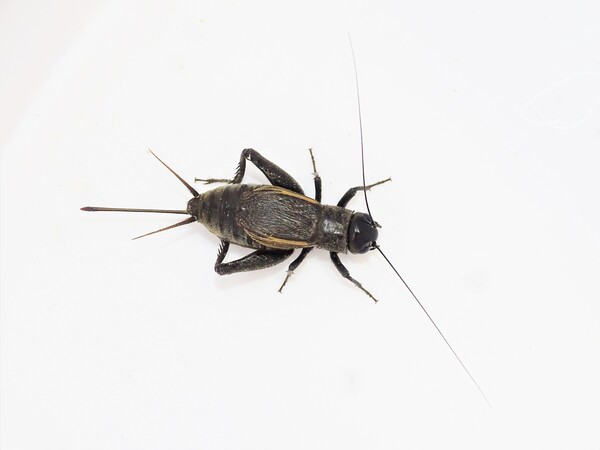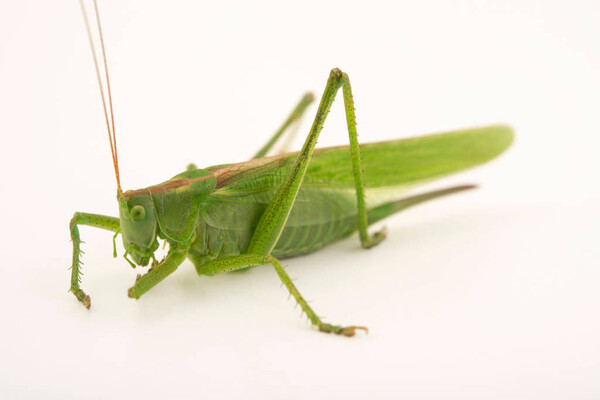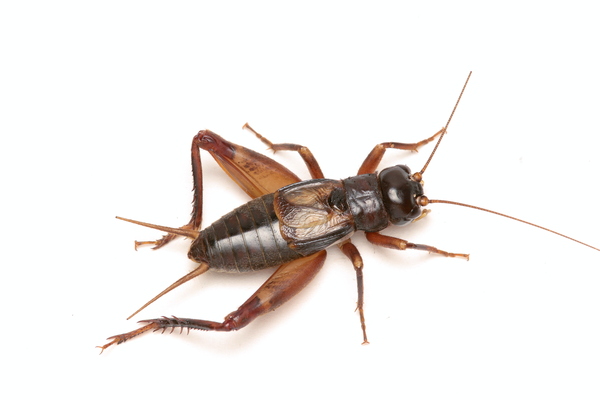The world of insects is vast, and one of the most commonly confused groups of insects are crickets. The names cricket, field cricket, and mole cricket are often used interchangeably, but they refer to distinct species with different behaviors, appearances, and habitats. In this article, we will delve into the differences between crickets, field crickets, and mole crickets to provide a clearer understanding of these fascinating creatures.
Crickets are orthopteran insects in the family Gryllidae, known for their distinctive chirping sound, produced by rubbing their wings together. They are found in a variety of environments, from gardens to forests, and even inside homes. Crickets have long antennae, strong hind legs for jumping, and distinctive body shapes. There are over 900 species of crickets worldwide, each with its own unique characteristics.

Body: Crickets typically have long, slender bodies, with hind legs adapted for jumping. They have large, oval heads with long, antennae that are often longer than their bodies.
Wings: Most crickets have wings, though not all species are capable of flying. The chirping sound comes from rubbing the forewings together, a process known as stridulation.
Coloration: Crickets vary in color, but most species are brown or green, which helps them blend into their environments.
Crickets are primarily nocturnal, active at night when they search for food or mates. They are omnivorous, feeding on plant material, small insects, and organic matter. Crickets prefer dark, damp environments and are often found in gardens, fields, and under rocks.
Field crickets (family Gryllidae, genus Gryllus) are a specific group of crickets that are commonly found in open fields, gardens, and lawns. They are one of the most well-known types of crickets due to their distinctive song and appearance.

Size: Field crickets are medium-sized insects, typically measuring 1-2 inches (2.5-5 cm) in length.
Coloration: They are typically dark brown or black, with some species exhibiting reddish or yellowish hues.
Wings: Field crickets have long, well-developed wings, and they can fly, though not all species are strong fliers.
Field crickets prefer open, grassy areas where they can burrow and hide. They are ground dwellers and create shallow burrows under vegetation or rocks. Field crickets are highly nocturnal, and their chirping is most noticeable at night. The males produce a characteristic mating call to attract females, which can be heard from a distance. Field crickets are omnivorous, feeding on plants, fungi, and other organic material.
Mole crickets (family Gryllotalpidae) are a distinct group of crickets that differ significantly from field crickets in their physical appearance, behavior, and habitat. While they still belong to the order Orthoptera, mole crickets are more closely related to grasshoppers than to true crickets.

Body Shape: Mole crickets have a more robust, cylindrical body compared to field crickets. Their bodies are adapted for digging and burrowing, and their forelegs are large, strong, and spade-like, designed for digging through soil.
Size: Mole crickets are generally larger than field crickets, typically measuring 2-3 inches (5-8 cm) in length.
Color: They are often darker in color, typically brown or grayish, with a rough texture that helps them blend into their subterranean environments.
Unlike field crickets, mole crickets are subterranean creatures. They spend most of their lives burrowing through soil, feeding on plant roots, and occasionally emerging to mate or lay eggs. Mole crickets are known for their burrowing ability and are typically found in moist, sandy soils, such as those found in gardens, lawns, and agricultural fields.
Mole crickets are also nocturnal but are more likely to be heard burrowing underground than chirping. They are considered pests in some agricultural settings because their digging activity can damage plant roots and crops.
The main differences between crickets, field crickets, and mole crickets can be found in their physical characteristics, habitat preferences, and behavior. Below is a detailed comparison of these three types of crickets:
| Aspect | Crickets (General) | Field Crickets | Mole Crickets |
|---|---|---|---|
| Taxonomy | Family: Gryllidae, Subfamily: Gryllinae | Family: Gryllidae, Genus: Gryllus | Family: Gryllotalpidae |
| Size | Varies widely (typically 1-2 inches) | Medium-sized, 1-2 inches (2.5-5 cm) | Larger, 2-3 inches (5-8 cm) |
| Color | Brown, green, or black | Dark brown or black, occasionally reddish | Brown, grayish, and often rough-textured |
| Wings | Most species have wings | Long, well-developed wings; can fly | Short wings, adapted for burrowing (not for flying) |
| Behavior | Nocturnal, chirp at night | Nocturnal, males produce chirping to attract mates | Nocturnal, burrow underground, seldom chirp |
| Habitat | Gardens, forests, grasslands, and urban areas | Open fields, gardens, and lawns | Subterranean environments: gardens, lawns, agricultural fields |
| Diet | Omnivorous: plants, insects, organic matter | Omnivorous: plants, fungi, organic matter | Herbivorous: plant roots and organic material |
| Unique Feature | Known for chirping sound | Known for distinctive chirping at night | Known for strong burrowing ability |
Though crickets, field crickets, and mole crickets all belong to the order Orthoptera, they have distinct differences in their physical characteristics, habitat preferences, and behavior.
Crickets are a broad category that includes many species with varying appearances and behaviors.
Field crickets are a subgroup of true crickets that are commonly found in open, grassy areas and are known for their chirping.
Mole crickets, on the other hand, are specialized burrowers that live underground, feeding on plant roots and causing damage to agricultural crops.
By understanding these differences, you can better identify each type of cricket and appreciate the unique roles they play in the ecosystem. Whether they are chirping in the night, burrowing underground, or feeding on plants, crickets are fascinating insects with a wide range of behaviors and habitats.
animal tags:
We created this article in conjunction with AI technology, then made sure it was fact-checked and edited by a Animals Top editor.